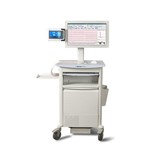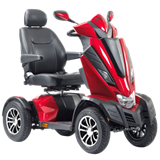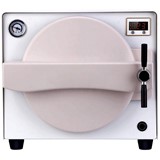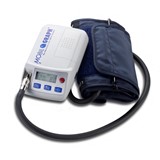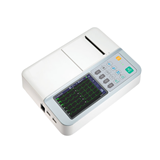Although Australian hospitals fare well in comparison to the ER of other countries, with an average wait time of fewer than twenty minutes, the stress levels can remain high.
For this reason, finding techniques to improve and cope with the environment at hand is essential. In some cases, technology is providing the means to help avoid stress in the emergency room. Let's take a look at just how it can benefit both staff and patients in the ER.
Electronic Dashboard Waiting List
An interesting response to the stressful and overcrowded environment in ER is the introduction of the electronic "whiteboard" system to help manage the patient waiting list in real-time.
This concept is most useful in large practices to enable communication between different bays and the front desk to help improve patient turnover and make use of newly available rooms more quickly. This has the potential to cut down on wait times and further reduce crowding in the ER.
However, these symptoms are not currently implemented in all emergency departments across Australia, due to the complexity needed for the dashboard. Those that are commercially available often do not offer the flexibility needed to suit different health systems, and most practices don’t have the funds to develop their own.
Read more about the electronic waiting list.
Headphones and Music
The high level of noise in an overcrowded emergency room can also contribute to raised levels of stress and anxiety for both patients and healthcare workers. This can also have an adverse effect on physiological signs, such as heart rate and blood pressure, of patients and lead to further health complications.
Technology may be able to assist by helping to reduce stress with the provision of headphones with relaxing music. While this may initially appear to be a strange technique, a pilot study has reported positive findings with its implementation.
In this study, the effect of offering headphones with preloaded playlists on the stress levels of patients in the ER was compared to a control group in normal settings. The positive scores of the music group remained constant or increased, and they reported fewer negative effects than the control group.
Technology and the implantation of music may be able to help reduce stress for patients in the ER, and this concept should be developed further to be used in practice and improve patient outcomes.


